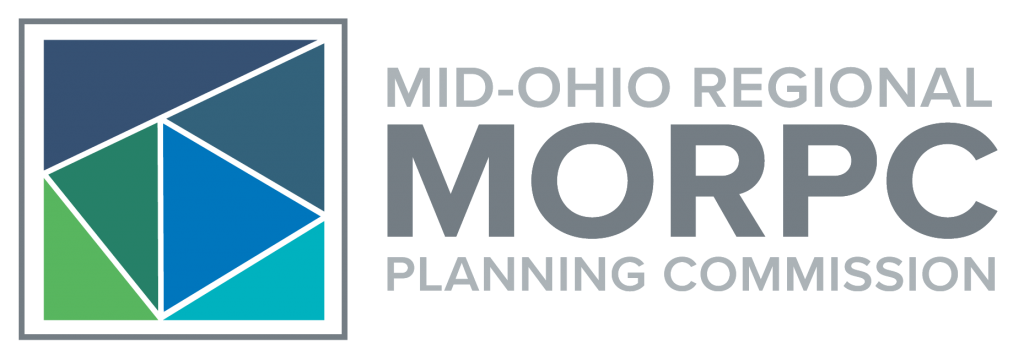The Central Ohio region has seen a dramatic increase in fatal and serious injury crashes since the start of the pandemic
Against the backdrop of increased injury crashes in the region, Ohio has enacted legislation that will crack down on distracted driving, including making electronic device use while driving a primary offense in most cases.
With stricter laws on distracted driving now in place, Ohio is sending a clear message about the importance of staying focused behind the wheel. But for many drivers, legal trouble doesn’t always stem from intentional recklessness—it can come from something as simple as an overlooked fine, a missed court date, or even an administrative error.
Being charged with driving under suspension is more common than many realize, and the consequences can be severe, ranging from hefty fines to extended license suspensions or even jail time. What might seem like a minor misstep can quickly escalate into a serious legal issue, making it essential to address the situation as soon as possible.
That’s where working with a driving under suspension attorney can make all the difference. Navigating the legal system can be overwhelming, especially when dealing with complex rules surrounding reinstatement and penalties.
An experienced attorney can assess the circumstances of the case, explore possible defenses, and work toward minimizing the impact on your record and driving privileges.
In light of these measures, it’s crucial for drivers to be proactive about safety, both on the road and in preparation for emergencies. Having an individual first aid kit on hand can make all the difference in responding quickly and effectively in the event of a crash.
Whether dealing with a minor injury or a more serious situation, having the necessary supplies readily available after an accident can provide critical assistance while waiting for emergency responders.
A well-equipped first aid kit isn’t just a precaution; it’s a vital tool that can help stabilize injuries until professional help arrives. Consider a scenario where a driver suffers a deep cut from shattered glass after a collision. Quick access to antiseptic wipes, sterile bandages, and medical tape can prevent infection and control bleeding effectively. In such cases, the durability of the kit itself matters—many come in compact, water-resistant pouches, often made from strong synthetic materials.
For instance, manufacturers often choose nylon for these kits due to its resilience, water resistance, and lightweight design. A paramedic once explains nylon properties as being particularly useful for emergency gear, as it withstands rough conditions without compromising the safety of the medical supplies inside.
Beyond cuts and scrapes, a first aid kit proves invaluable for more serious situations, such as burns from overheated engine parts or fractures from sudden impact. Instant cold packs, burn ointments, and triangular bandages can provide immediate relief and stabilization before help arrives.
The new law:
- Broadens the existing texting-while-driving prohibition to prohibit a person from using, holding, or physically supporting an electronic wireless communications device (EWCD) while operating a motor vehicle, trackless trolley, or streetcar.
- Makes the EWCD-while-driving prohibition a primary offense, rather than a secondary offense for adults, as in current law.
- Modifies current exemptions and creates additional exemptions to the new EWCD while-driving prohibition by generally allowing only limited and mostly hands-free use of an EWCD while driving.
- Establishes reporting requirements for law enforcement officers, law enforcement agencies, and the Attorney General related to the race of offenders issued a ticket, citation, or summons for a violation of the EWCD-while-driving law or the distracted driving law.
The 11-county region in Central Ohio has seen an increase in recent years with 228 fatalities and 1,484 serious injuries reported in 2020. Prior to 2020, serious injuries had been decreasing nearly every year. And while driving was markedly down in 2020 due to the pandemic, a report for that year found a surprising and alarming statistic: traffic deaths had risen.
The National Safety Council (NSC) said deaths from motor vehicles rose 8 percent that year, with as many as 42,060 people dying in vehicle crashes. When comparing traffic deaths to the number of miles driven, the rate of fatalities rose 24 percent — the highest spike in nearly a century.
The alarming rise in traffic fatalities and serious injuries, particularly in 2020, highlights the devastating impact that motor vehicle accidents can have on individuals and families.
Even as driving decreased due to the pandemic, the surge in traffic deaths underscores the ongoing risks faced by drivers, passengers, and pedestrians alike. For those who have been injured or lost a loved one in such incidents, seeking justice and compensation can feel overwhelming. This is where experienced personal injury lawyers play a crucial role, providing the guidance and advocacy needed to navigate these challenging situations.
Muller Brazil, a personal injury law firm in Bucks county, is committed to advocating for those who have suffered injuries due to the negligence of others. What sets Muller Brazil apart is their readiness to take cases to trial if necessary to achieve the best possible outcome for their clients.
While many claims can be resolved through negotiations, their personal injury lawyers understand that some cases require aggressive litigation to hold negligent parties accountable. This dedication provides clients with the confidence that their legal team is prepared to fight tirelessly on their behalf, no matter how complex the case.
“This is devastating for too many families here and across Ohio. Safety on our streets must come first when we are planning and building transportation systems of the future for Ohio. The passage of Senate Bill 288 is a step closer to safer corridors for everyone.
MORPC Chief Regional Development Officer & Senior Director of Programming Thea Ewing
There is also an economic cost: MORPC estimates the societal cost of these serious crashes is $3.94 billion.
MORPC has a history of working closely with local communities to ensure residents are safe while traveling. Program staff actively analyzes crash data to better understand why crashes occur and how certain populations, behaviors, and locations are more susceptible to a deadly traffic crash.
Another central public policy goal for MORPC and its local governments is to raise awareness of racial and social justice issues and continually improve communities in our growing region. While focused on improving the safety of our roadways, MORPC leaders say it is critical to also be mindful of potential unintended consequences, such as the use of additional public safety laws to target communities of color. Every proposal on safety should consider how to improve this situation.
“We thank Governor DeWine and members the General Assembly for passing this legislation that makes our roadways safer and protects residents. While the distracted driving provisions passed in Senate Bill 288 are not perfect, it is a big step in the right direction. As officers begin enforcing the new law, we will continue to advocate for traffic safety laws that discourage distracted driving in all forms and that are administered free from bias.”
MORPC’s Senior Director of Government Affairs & Community Relations Joseph Garrity
Senate Bill 288 was signed today by Governor DeWine. The bill specifies that for the first six months, law enforcement may only issue a written warning to a driver for violating the EWCD-while driving prohibition. The officer may stop a driver for the violation, as amended by the bill, but may not necessarily issue a ticket, citation, or summons for the violation.





